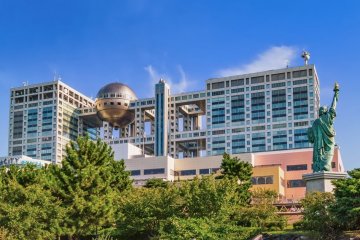

Odaiba
Man-made entertainment playground in Tokyo Bay
Things to do in Odaiba
Upcoming Odaiba Events
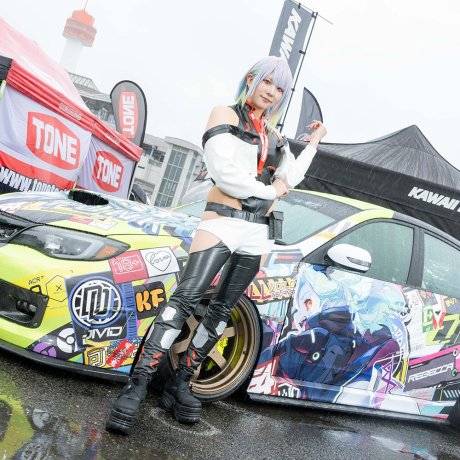
Odaiba Itasha Heaven 2026
Itasha cars are vehicles adorned with colorful, often anime-inspired, graphics and decals, and the Odaiba Itasha Heaven event is..
Where to eat in Odaiba
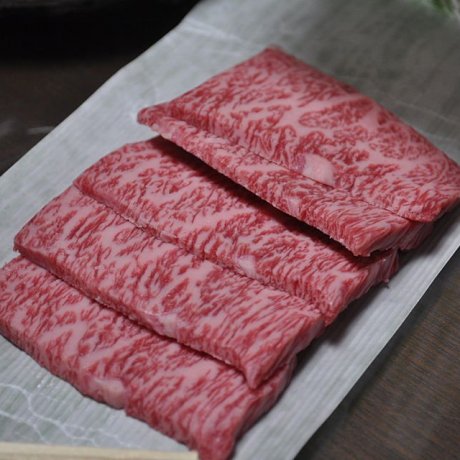
Niku Fes Tokyo 2026
Niku Fes Tokyo celebrates all things meat. There will be a range of both domestic and international meat-based dishes to enjoy at..
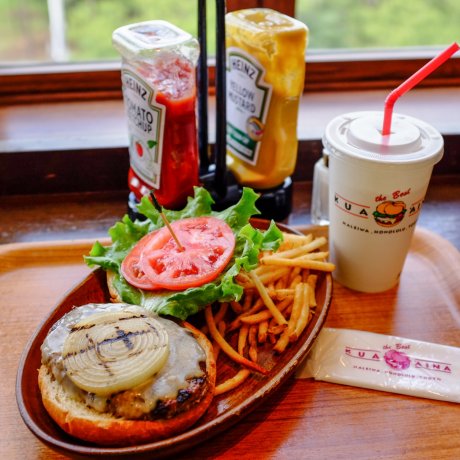 8
8
Kua Aina Sandwich
Chris BarnesKua Aina is one of the most unique and tasty sandwich and burger restaurants you're likely to find in Tokyo. Based on the ..
Places to stay in Odaiba
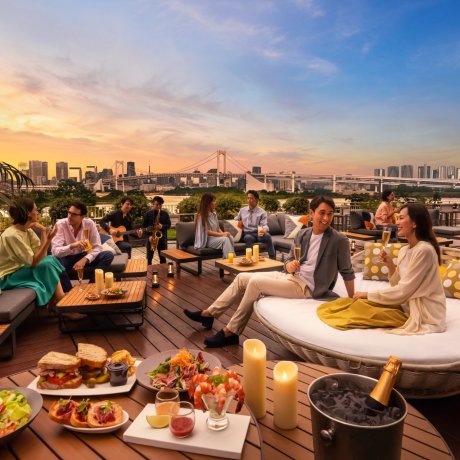
Festive Fun at Hilton Tokyo Odaiba
Japan TravelEquipped with one of the most spectacular views in Tokyo, Hilton Tokyo Odaiba is a stunning retreat for family and friends looking..
Latest Odaiba Reports
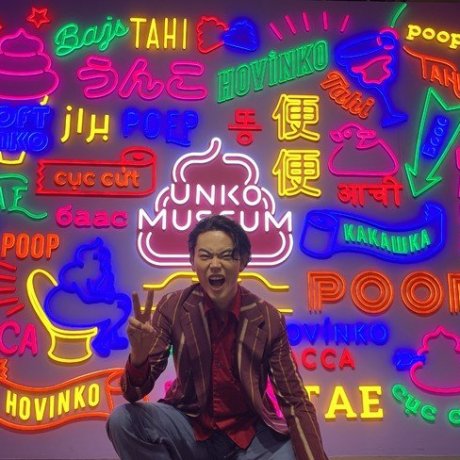
Unko Museum
Serena OgawaKawaii culture gets downright poopy at this permanent museum dedicated to number two.

Mega Web History Garage
Bonson LamThis garage may have an unusual name, but don't let that stop you from reliving the glory days of automotive history, which..

The 2020 Olympic Games: Shiokaze Park
Elena LisinaLocated on Odaiba Island, Shiokaze Park will host beach volleyball with a venue capacity of 12,000 spectators. Many activities like..
































